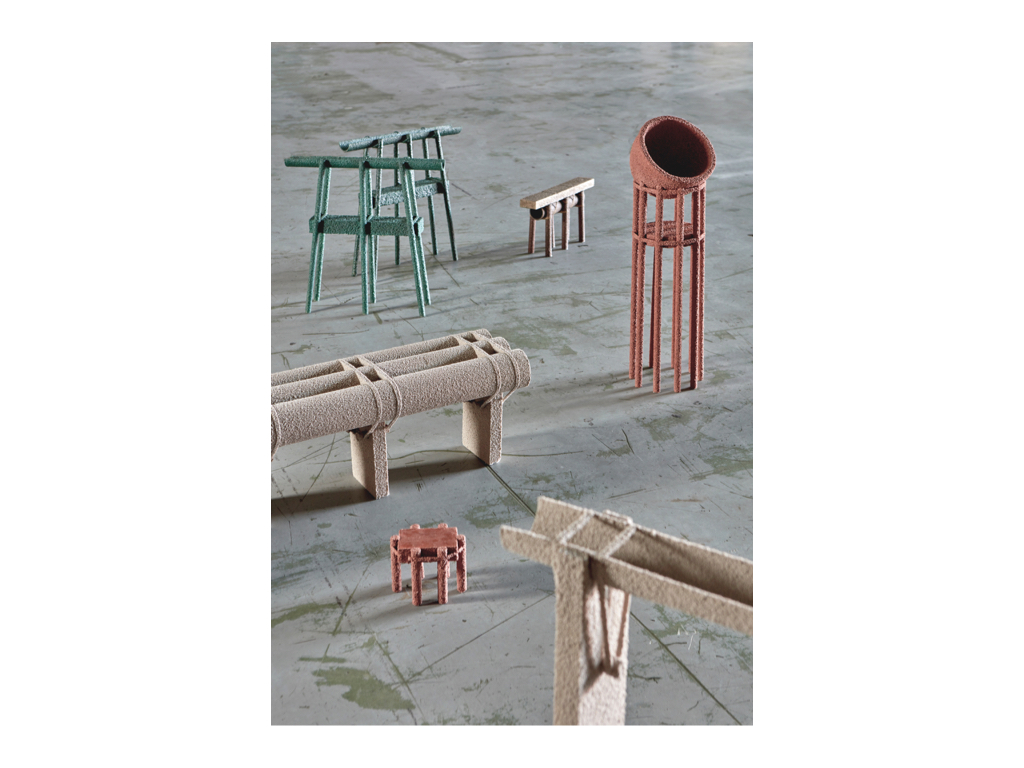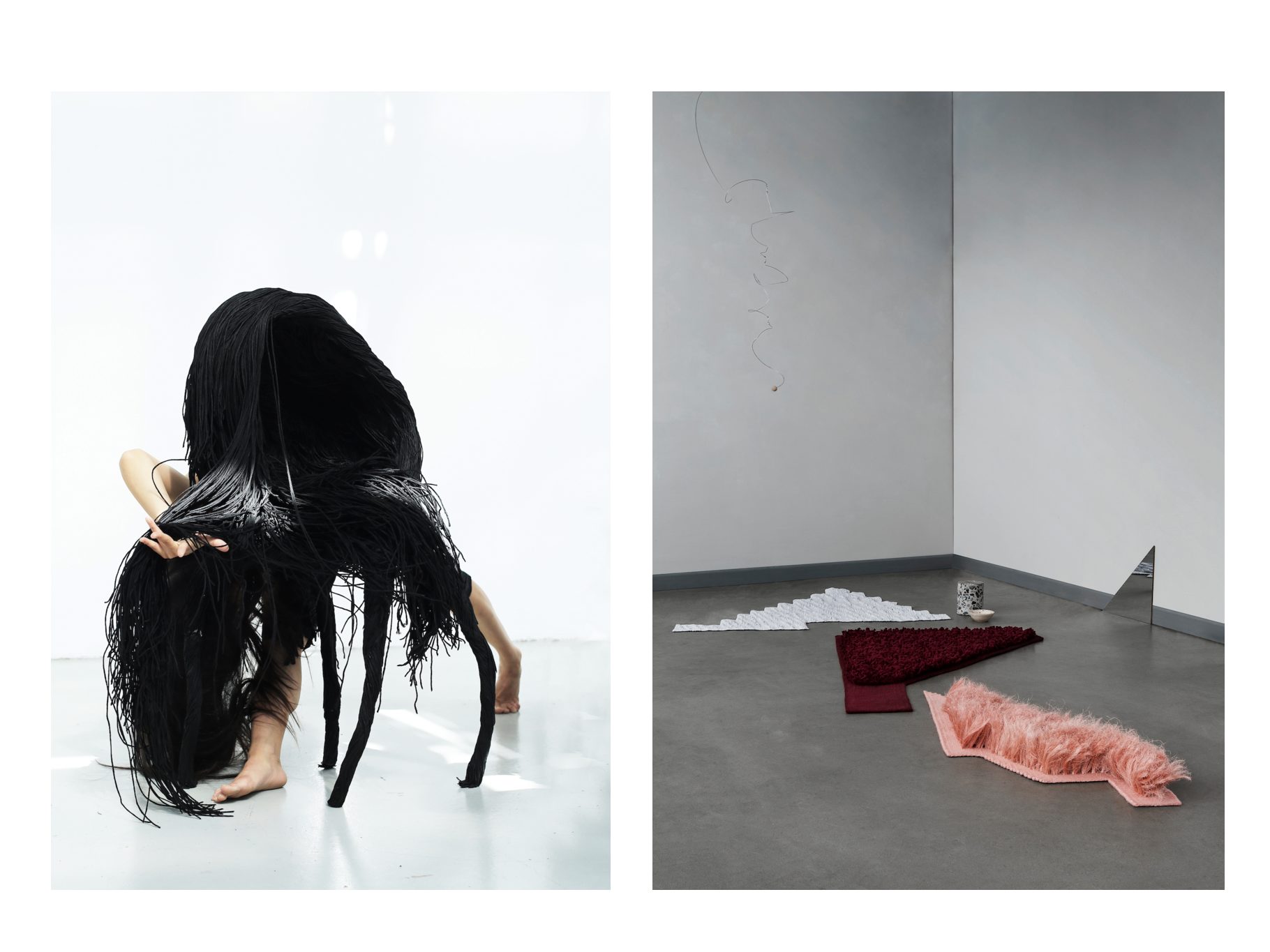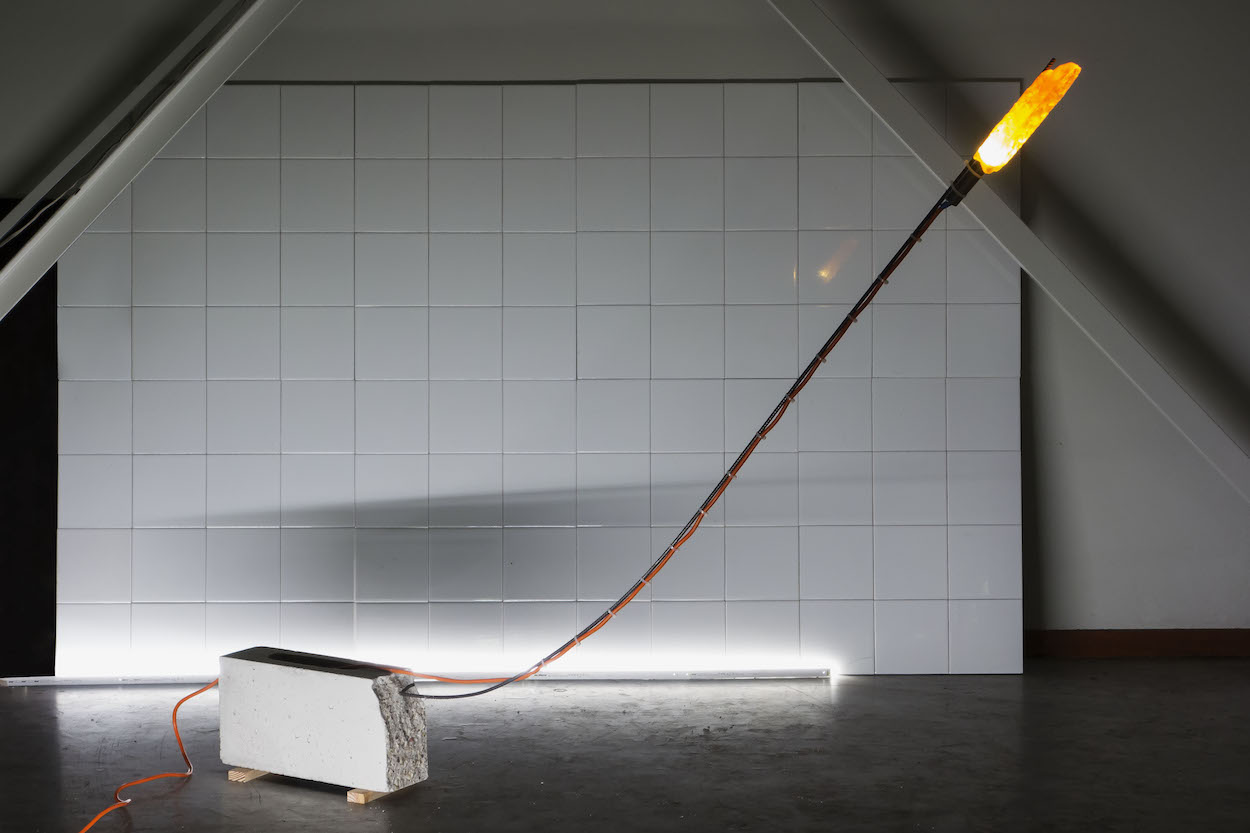At a recent lecture in New York, the program’s moderator introduced panelist Lidewij Edelkoort by imagining how she might approach her biography: “If Li were to write a memoir, it would be in the future tense. She’s always looking to what’s coming down the road.” True to form, the Dutch trend forecaster’s latest project takes place at the Carpenters Workshop Gallery in London, where she curated a show called “The Graduate(s),” on view through Sept. 23 as part of the London Design Festival. It presents the brightest young talent she found by pouring over portfolios from more than 50 of Europe’s best design schools, offering a preview of the field’s future. We spoke to Edelkoort about what characterizes the next generation of designers, their response to disposable culture, and how technology affects their work.
Li Edelkoort Calls the Work of Millennials Metaphors for Tomorrow
The celebrated trend forecaster discusses the next generation of designers—digital natives she defines as resourceful, poetic, and pining for tactile objects.
The celebrated trend forecaster discusses the next generation of designers—digital natives she defines as resourceful, poetic, and pining for tactile objects.

In today’s digitally focused society, why do young people decide to pursue design?
The more digital life becomes, the more we crave tactility. The more alienated progress makes us, the more tenderness that is needed. Humanity at large is, in a way, under threat from technology and the internet. Young graduates feel this, and tomorrow’s greatest challenge will be to nurture and protect our emotional connections. This generation seeks out materials as the central focus, using design to stimulate multiple senses while fostering well-being and creating new rituals. They still use technology but are not dictated to by it. They re-program and hack machines to produce things on their terms.
How has digital culture affected young designers?
Young designers are born with flat screens, so they seamlessly move between 2D and 3D with a kind of ingrained pop-up mentality. While they create on-screen, they balance their digital existence by valuing dimensional form, experimenting with chance, shaping by hand, and intervening with craft. Through the ever-evolving social media landscape, their opinions can shift at a moment’s notice—meaning that they are an incredibly reactive community. Within this context, they are conscious of the important issues they face and apply design solutions to these problems.

How would you characterize the next generation of designers?
In the exhibition I’ve curated for Carpenters Workshop Gallery, we encounter a generation that draws upon historical references to excavate their creativity in an anthropological way. They embrace natural materials, upcycle ingredients, and practice sustainable thinking—an act done far from the clutches of marketing and consumption. Ego is much less important, since their generation is all about sharing and connecting. Authenticity and robustness define their idiom in response to their disposable culture. They create the artefacts, tools, and improvised settings for an alternative society, almost in a utopian manner. It’s really like archaeology of the future.
What’s the biggest challenge these designers face?
In many cases, they are confronted by a world in chaos, both ecological and socio-political. They have little faith in politics, the economy, authority, and peace. Growing up post-9/11, their experience of life is one of instability and distrust. Disgusted by the system, they look towards other outcomes and need our support to be able to create new companies, different economies, and alternative systems of working. After all, they’re the ones that need to design us out of this!

Why is an exhibition focused on recent design school graduates important?
I’m very pleased that a commercial gallery like Carpenters has taken the opportunity to invest in giving young graduates a platform. It’s a launching pad for their careers and they’re each very proud to be given recognition straight out of school. In many cases they give soul to an object, injecting it with a kind of life force. Their creations are metaphors for tomorrow, giving us hope that a new way of producing is coming—one that can redefine the way we look at possessions and consumption at large. Collecting their poetic pieces is an important start.